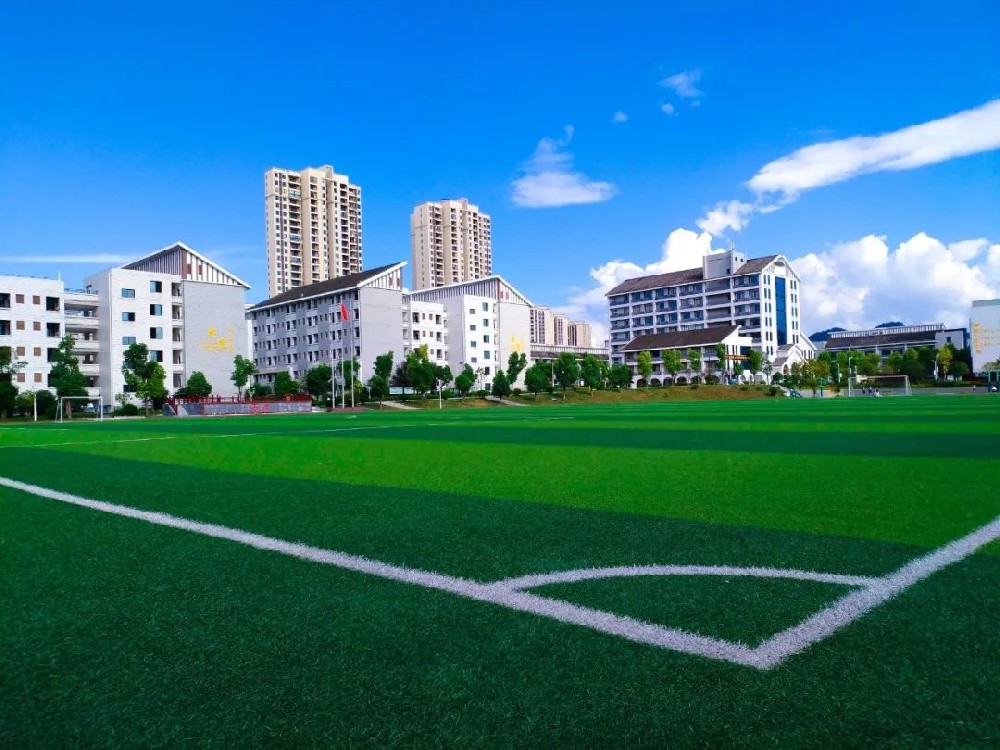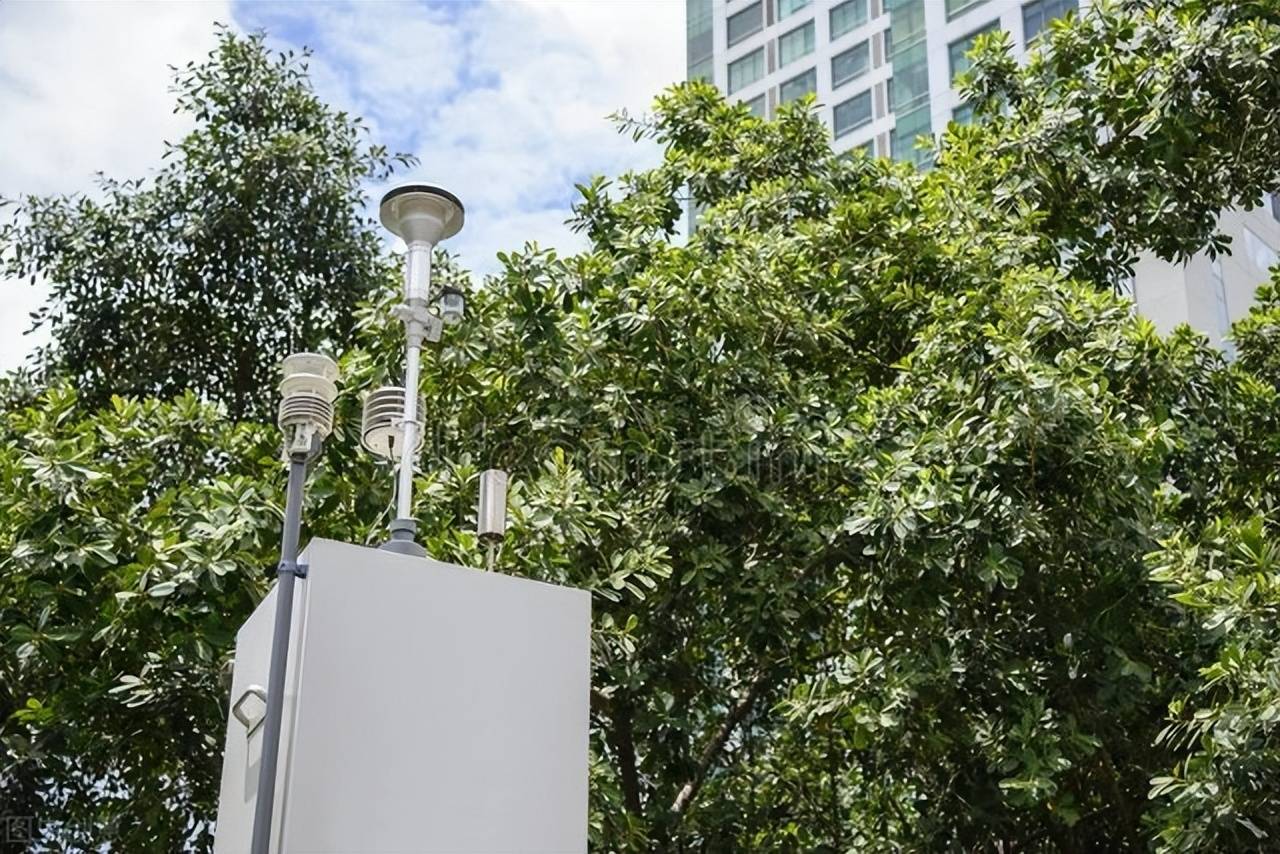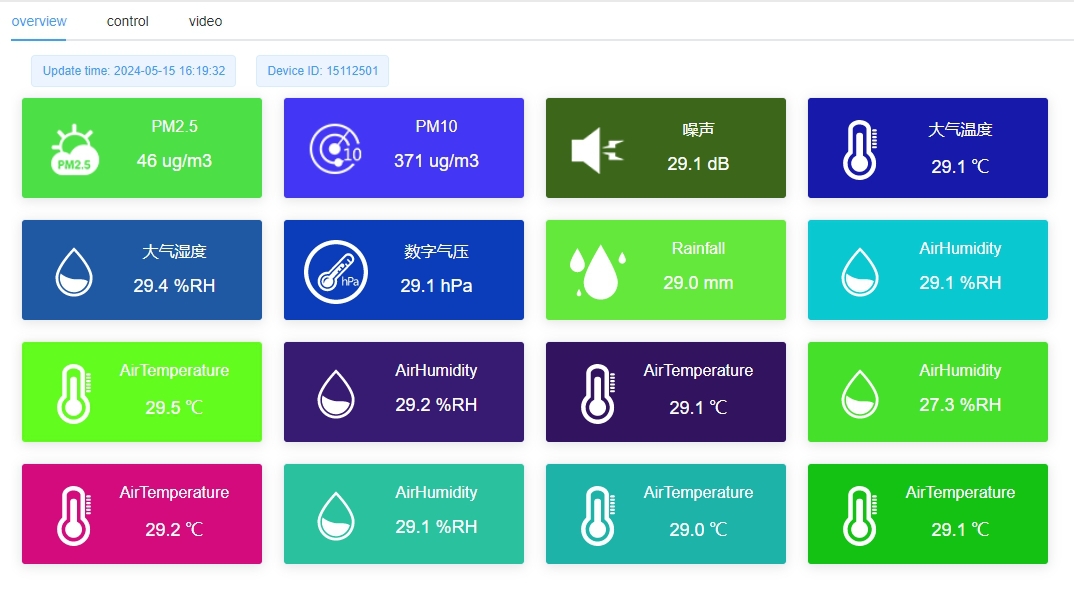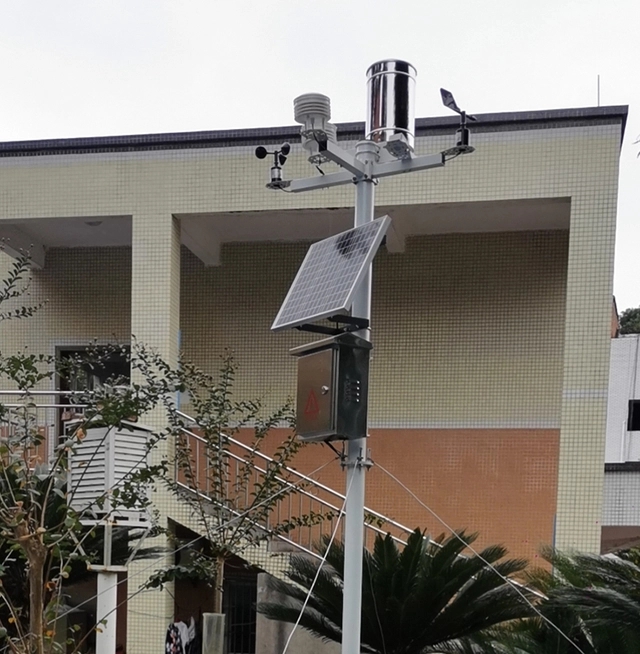

— Blogs —
—Products—
 Consumer hotline +8618073152920
Consumer hotline +8618073152920 WhatsApp:+8615367865107
Address:Room 102, District D, Houhu Industrial Park, Yuelu District, Changsha City, Hunan Province, China
Product knowledge
Time:2025-02-16 19:37:47 Popularity:208
With increasing global attention to climate change, campus automatic weather stations have become vital tools for educational institutions, research units, and environmental organizations. These stations not only provide precise meteorological data support for campus management but also open new possibilities for teaching, research, and environmental monitoring. This article will explore the functional highlights, system advantages, and educational value of campus automatic weather stations.

Campus automatic weather stations can monitor nine key meteorological parameters in real-time, including wind speed, wind direction, rainfall, temperature, humidity, atmospheric pressure, solar radiation, soil temperature, and moisture. These sensors are not only accurate but also highly reliable under various environmental conditions. For instance:
- Temperature and humidity sensors help understand the microclimate on campus, optimizing the learning and living environment for students and staff.
- Soil sensors provide scientific data for agricultural education, campus landscaping, and ecological studies.
To ensure stable operation in different environments, these stations come with various power options, including grid electricity, DC power, and solar energy systems. This flexibility enhances the station's adaptability and reflects an eco-friendly approach.
- Supports RS232/485 communication interfaces and MODBUS protocol, compatible with wired, 4G/5G, and LoRaWAN communication methods for real-time data transmission and remote monitoring.
- Built-in microcomputer meteorological data collector with functions like scheduled storage, power failure protection, and real-time clock to ensure data integrity and security.
- Stainless steel frames and outdoor protective boxes provide corrosion resistance and interference protection, suitable for long-term outdoor use.
- A simple, intuitive interface supports SMS notifications, allowing users to access meteorological information anytime via mobile devices.

With a modular design, both hardware and software can be customized based on needs. Users can select different types of sensors and communication methods to meet specific scenarios.
The equipment supports both wired and wireless communications, ensuring real-time data transmission and sharing, whether for local monitoring or cloud access.
- Features comprehensive lightning protection and anti-interference measures, ensuring the accuracy and stability of data collection.
- Low-power design allows for long-term unattended operation, reducing maintenance costs.
The station can monitor and record meteorological data around the clock without human intervention, significantly enhancing operational efficiency.

- Provides a practical platform for teaching subjects like environmental science, geography, and agriculture.
- Real-time meteorological data can be used in research projects, helping students and faculty to study the impacts of climate change on the environment.
- Early warnings for extreme weather conditions (such as heavy rain, strong winds, or frost) mitigate the impact on campus facilities and activities.
- Data supports the optimization of drainage systems, rainwater harvesting, and flood warning systems on campus.
- Monitors soil temperature and moisture in campus green spaces, guiding maintenance efforts.
- Analyzes solar radiation data to aid in planning and implementing solar energy projects on campus.
- Long-term data accumulation helps assess environmental trends around the campus, providing scientific evidence for environmental policy-making.
- Promotes green campus initiatives, fostering environmental awareness and scientific inquiry among students.

Campus automatic weather stations, with their comprehensive functionality, efficient communication capabilities, and durable design, have become an essential part of modern smart campuses. They not only support precise meteorological data for campus management but also inject new vitality into teaching, research, and ecological construction. For international clients, this high-tech equipment represents a high standard in modern educational facilities, serving as a crucial tool linking theory with practice and promoting holistic student development.
Whether enhancing campus management, optimizing teaching and research environments, or advancing sustainability, campus automatic weather stations demonstrate significant potential. By introducing this equipment, schools can better address climate change challenges, creating a safer, smarter, and more environmentally conscious campus environment.
Prev:Composition and Working Principle of Automatic Weather Stations
Next:Forest Fire Hazard Meteorological Monitoring Station: Site Selection, Configuration
Related recommendations
Sensors & Weather Stations Catalog
Agriculture Sensors and Weather Stations Catalog-NiuBoL.pdf
Weather Stations Catalog-NiuBoL.pdf
Related products
 Combined air temperature and relative humidity sensor
Combined air temperature and relative humidity sensor Soil Moisture Temperature sensor for irrigation
Soil Moisture Temperature sensor for irrigation Soil pH sensor RS485 soil Testing instrument soil ph meter for agriculture
Soil pH sensor RS485 soil Testing instrument soil ph meter for agriculture Wind Speed sensor Output Modbus/RS485/Analog/0-5V/4-20mA
Wind Speed sensor Output Modbus/RS485/Analog/0-5V/4-20mA Tipping bucket rain gauge for weather monitoring auto rainfall sensor RS485/Outdoor/stainless steel
Tipping bucket rain gauge for weather monitoring auto rainfall sensor RS485/Outdoor/stainless steel Pyranometer Solar Radiation Sensor 4-20mA/RS485
Pyranometer Solar Radiation Sensor 4-20mA/RS485
Screenshot, WhatsApp to identify the QR code
WhatsApp number:+8615367865107
(Click on WhatsApp to copy and add friends)